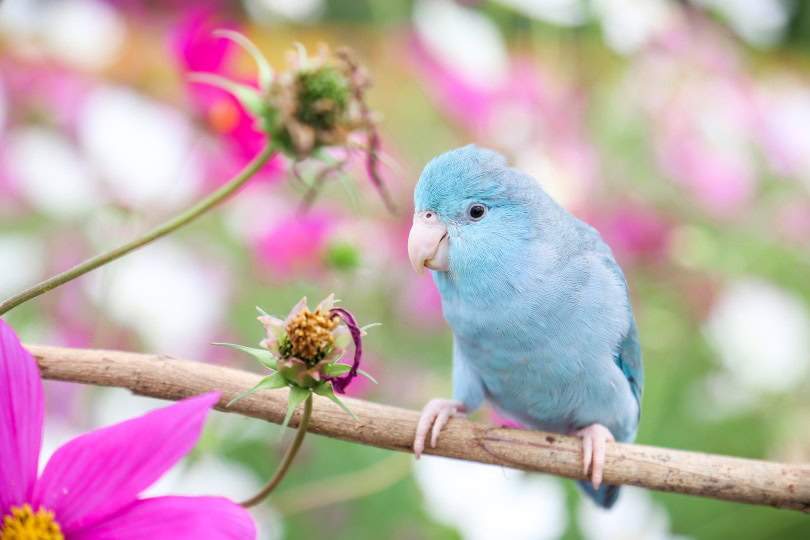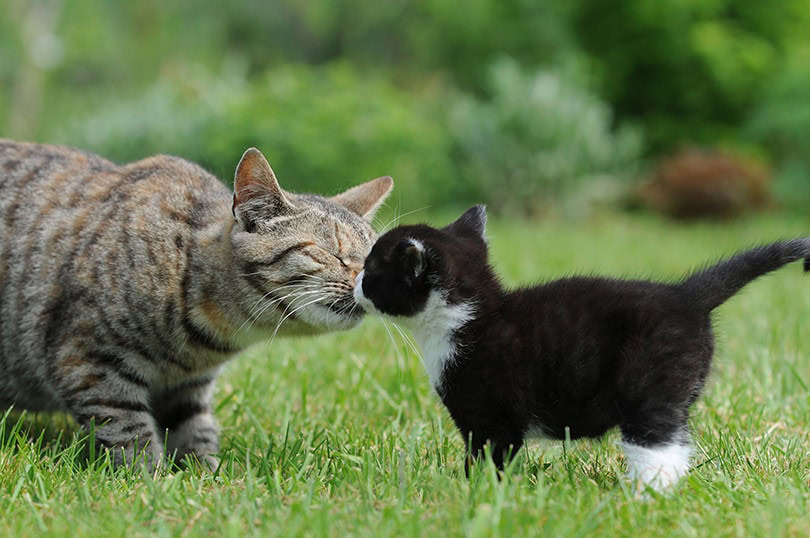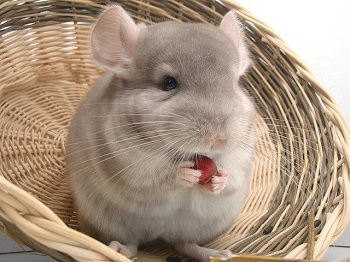Parrotlets are native to South and Central America and are the smallest birds in the parrot family. The most popular species kept as pets are the Pacific parrotlet and the Green-rumped parrotlet. The Mexican parrotlet, Spectacled parrotlet, and Yellow-faced parrotlet are not as popular but are available in pet stores and from breeders nationwide.
At full maturity, parrotlets are described as looking like miniature Amazon parrots. Most parrotlets have a standard base color of vibrant greens and blues, but it depends on the species. On average, a parrotlet can live 20 to 40 years. Anyone interested in adopting or purchasing a parrotlet will need to ensure they can commit to the time and care requirements involved with ownership.

The 6 Stages of Development
A baby parrot goes through five basic developmental stages before becoming an adult:
- Neonate
- Nestling
- Fledgling
- Weanling
- Juvenile
- Adult
Let’s take a look at what to expect at these different stages of development.
1. Neonate
Parrotlet mothers lay four to seven eggs. Once baby parrotlets have hatched from the egg, they begin development. The first stage of development is called neonate or hatchling. Newly hatched baby parrotlets are nearly naked except for a fragile layer of a sparse down feather. Their eyes are closed, leaving them blind and helpless.
At this stage, the hatchlings huddle together in their nest and depend entirely on their parents or human caretakers for food and warmth. In the wild, hatchlings are fed food that their parents regurgitate. Without parents, human caretakers must provide the hatchling with a unique hand-rearing formula from a syringe.
2. Nestling
The parrotlets’ second stage of development is known as nestling. When the parrotlet reaches the nestling stage, they open their eyes but remain dependent on their parents or human caretakers. They are still mostly featherless at this stage of development.
When the nestling first opens their eyes, they form a deep bond with their parents. If the other parrotlets are not present, the nestling will imprint on their human caretaker. At this stage, the parrotlet will become more mobile. It is a very important stage of development, they require attention from their owner and various forms of stimulation.
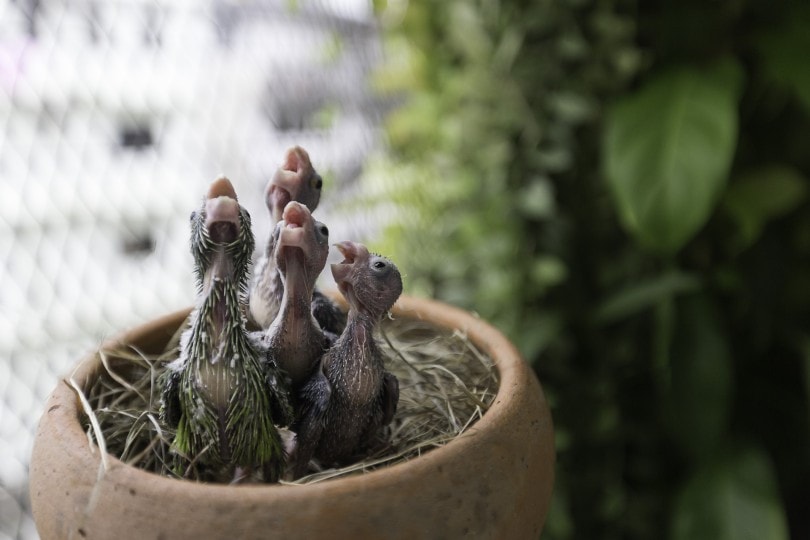
3. Fledgling
The third stage for the parrotlet is the fledgling stage, which begins when they’re 3 or 4 weeks old. The parrotlets are just starting to learn flight and tend to have a slimmer appearance.
Parrotlets grow pin feathers when they’re 3 weeks old. These feathers give the birds a scaly, reptilian appearance, but they begin to fill out. At this stage, parrotlets start developing an interest in their surroundings. They are still unable to acquire their food at this stage and will continue to depend on their parents and caretakers.
- Related Read: What’s the Optimum Age to Bring a Parrotlet Home?
4. Weanling
The fourth stage of development is weanling. This occurs when the parrotlet is around 6 weeks old, becomes more independent, and begins eating solid foods.
At this stage, their motor skills are becoming more fine-tuned, and they are much more active than in the previous stages. They are taking on a more mature appearance.
5. Juvenile
The fifth stage of development is the juvenile or pre-adolescent stage. The parrotlet is weaned and independent from their parents or human caretakers but has not yet reached reproductive maturity.
Parrotlets, like humans, can have some behavioral changes around this time. They can become more feisty and uncooperative. They are an intelligent species, and each bird will begin to develop a unique personality during this stage of life.
Physically, they look more fully developed but have not quite reached an adult size. Their feathers may be slightly duller than that of an adult. At this stage, they will truly begin to exhibit how active their species is.
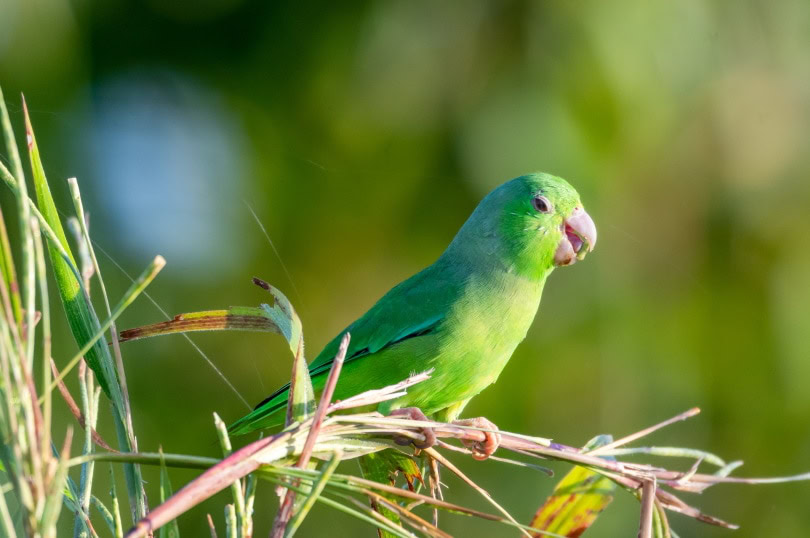
6. Adult
Parrotlets reach sexual maturity at approximately 1 year of age. By this time, their feathers have come in and reached full vibrance. Adult parrotlets will grow 5 to 6 inches long and weigh up to an ounce. Parrotlets have the shortest wingspan of all parrots at 9½ inches.
Adult parrotlets are social, active, and playful creatures. Unlike their larger counterparts, you’ll need extra caution when handling them due to their small size.

Final Thoughts
Parrotlets are sexually dimorphic, meaning males and females can be easily identified by their colors. Male parrotlets have darker blue wings and a splash of blue on the backside. They also have a lime green and blue mask. Females are dark green with blue on their faces.
Featured Image Credit by Midnight-Sight, Shutterstock
